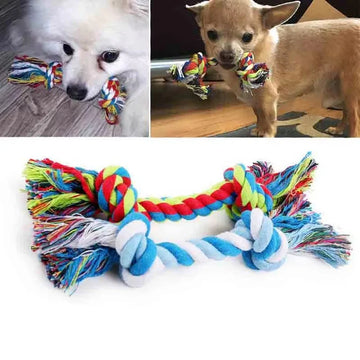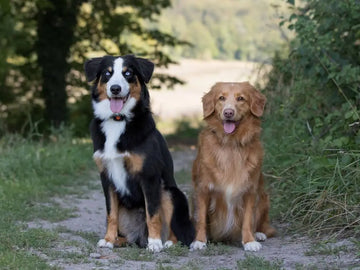Chewing is an innate behavior in dogs, rooted in their evolutionary history and natural instincts. Whether it’s a curious puppy exploring the world through their mouth or an adult dog satisfying a deep-seated urge, chewing plays an important role in a dog’s physical and mental well-being. But why exactly do dogs chew toys? Understanding this behavior helps pet owners cater to their dogs’ needs effectively while protecting household items from becoming chew targets.
Natural Instincts and Evolutionary Roots
Dogs are descendants of wolves, who rely on chewing for survival. Wild canines chew on bones, sticks, and other materials to access marrow, clean their teeth, or consume nutrients. While domesticated dogs no longer need to hunt or scavenge, the instinct to chew remains. Toys serve as safe, controlled outlets for this natural behavior, offering mental stimulation and physical satisfaction.
Developmental Reasons for Chewing
Puppies and Teething
Puppies begin to chew as early as three weeks old when their milk teeth start emerging. During this stage, chewing helps soothe the discomfort caused by teething. Pet owners often notice their young dogs nibbling on anything they can find, from furniture to shoes. Providing good chew toys for puppies is essential during this period to protect belongings and ensure the pup's dental health.
Chewing also helps puppies explore their environment. Similar to how babies use their hands and mouths to learn about the world, puppies rely on their mouths to discover textures, tastes, and objects. Toys designed for young dogs often include soft but durable materials that encourage safe exploration.
Adulthood and Beyond
For adult dogs, chewing continues to be an essential activity. It provides mental stimulation, helps alleviate boredom, and serves as a stress reliever. Without suitable outlets like pet toys, dogs may turn to destructive behaviors, such as chewing on furniture or shoes. Regular access to appropriate chew toys can redirect their energy and reduce frustration.
Physical Benefits of Chewing
Chewing offers several health advantages for dogs, particularly for their dental hygiene. As dogs chew, the friction against the toy helps scrape away plaque and tartar buildup, reducing the risk of dental diseases. This is why many dog owners seek the best chew toys for dogs designed specifically for dental care.
Chewing also strengthens jaw muscles. For dogs of all ages, maintaining strong jaws is important for eating and overall oral health. High-quality chew toys are designed to withstand intense chewing without splintering or breaking into dangerous pieces, ensuring safety during playtime.
Emotional and Behavioral Impacts
Chewing can significantly impact a dog’s emotional well-being. It acts as a natural stress reliever, particularly during anxiety-inducing situations such as thunderstorms, fireworks, or separation from their owners. The repetitive motion of chewing can help dogs calm down and feel more secure.
Additionally, chewing satisfies the natural desire for predatory play. While domesticated dogs no longer hunt, their instincts drive them to mimic behaviors like tearing and shredding. Toys that simulate these actions, such as those with squeakers or textures that mimic prey, can be particularly appealing.
Choosing the Right Chew Toys
Not all chew toys are created equal, and choosing the right ones depends on a dog’s age, breed, size, and chewing habits. Puppies require softer toys that are gentle on their developing teeth, while strong chewers may need ultra-durable options made from rubber or nylon. Toys with multiple textures or interactive features can keep dogs engaged for longer periods.
For dental health, consider toys designed specifically to clean teeth and massage gums. Rope toys, for example, can provide a flossing effect as dogs gnaw on the fibers. Puzzle toys and treat-dispensing chew toys add an extra layer of mental stimulation, rewarding dogs with food or treats as they solve challenges.
Safety Considerations
While chew toys are essential for a dog’s well-being, safety should always be a priority. Choose toys that are the right size for your dog to prevent choking or ingestion of small parts. Regularly inspect toys for signs of wear and replace them when necessary to avoid potential hazards.
Avoid giving dogs toys made from toxic materials or those that splinter easily. Instead, opt for reputable brands that use non-toxic, durable materials designed for pet use. Supervise your dog while they’re playing with new toys to ensure they use them appropriately.
Conclusion
Chewing is a natural, beneficial behavior for dogs that serves physical, emotional, and developmental purposes. By providing appropriate chew toys, pet owners can satisfy their dogs’ instincts while protecting their belongings and promoting overall well-being. From teething puppies to active adult dogs, the right toys can enhance a dog’s quality of life, offering both fun and functionality.










